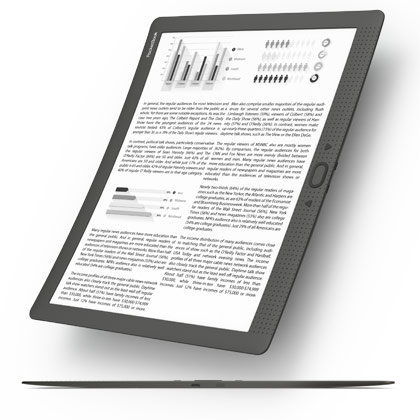



Relative sensitivity is a critical factor that determines incremental improvement in reader performance when using CAD and appears to be more important than reading mode. Differences between second read and concurrent read were not significant. Differences were greater in the low-contrast set than the high-contrast set. For the high-contrast set, average differences were 0.002 (not statistically significant), 0.04, and 0.05, respectively, compared to second read and -0.004 (not statistically significant), 0.04, and 0.08 (not statistically significant), respectively, compared to concurrent read (all differences were statistically significant except as noted). Reader detection accuracy was analyzed using areas under free-response receiver operating characteristic curves, sensitivity, and the number of false-positive findings per image.įor the low-contrast set, average differences in areas under free-response receiver operating characteristic curves, sensitivity, and false-positive findings per image without CAD were 0.02, 0.12, and 0.11, respectively, compared to second read and 0.05, 0.17, and 0.09 (not statistically significant), respectively, compared to concurrent read. Seven readers reviewed every image in each set and specified location and probability scores using three reading modes (without CAD, second read with CAD, and concurrent read with CAD). This produced a relative sensitivity, substantially less for the low-contrast set and similar for the high-contrast set. Two sets of 100 images (low-contrast and high-contrast sets) were created by adding low-contrast or high-contrast simulated masses to random locations in 100 normal mammograms. The aim of this study was to investigate the effects of relative sensitivity (reader without computer-aided detection vs stand-alone CAD) and reading mode on reader performance when using CAD software.


 0 kommentar(er)
0 kommentar(er)
